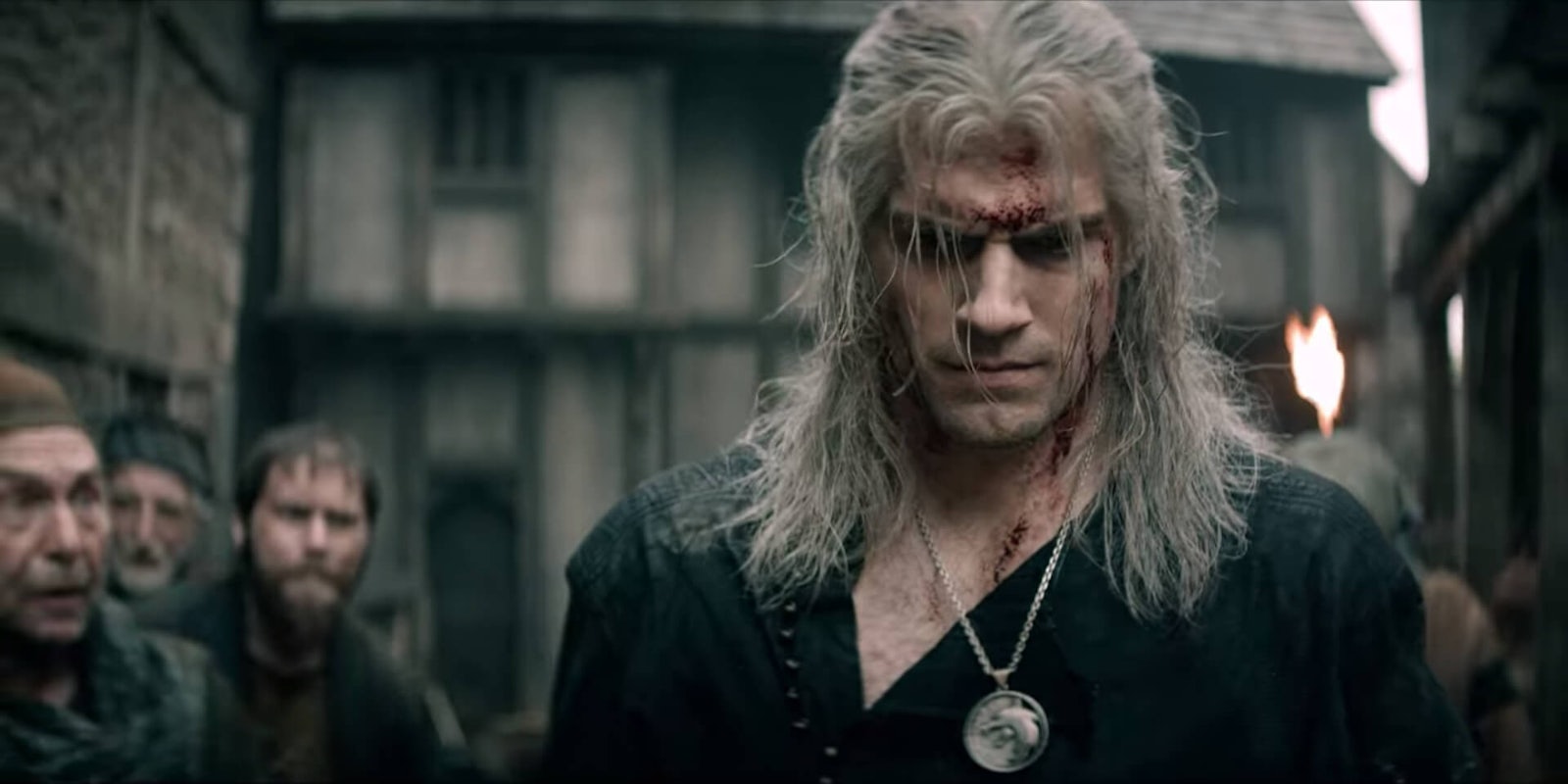Hype around Netflix’s The Witcher, which premiered Dec. 20, is still going strong, and interest in Geralt of Rivia is rising right along with it.
Considering the slew of broken hearts Game of Thrones season 8 left in its wake, it’s not surprising that fantasy fans were looking for a new obsession. Thankfully, Netflix was well aware of the hole HBO’s popular series was going to leave. The Witcher perfectly fills this void, bringing all the gory medieval action, complex and intriguing magic, and heartfelt characters a fantasy buff could ask for.
As viewers flock to The Witcher, however, many find themselves with questions about the characters, including Geralt. Thankfully, I am here to answer the web’s most pressing queries about the famed Butcher of Blaviken.
Who is Geralt of Rivia?
Let’s start with the basics.
Anyone new to The Witcher fandom might be surprised to learn that Geralt has a long history. The character first appeared in a series of books before graduating to video games, comic books, and eventually Netflix. Even a few movies were thrown in there. However, despite these many appearances, Geralt’s new fanbase likely knows him from the video games or Netflix series.
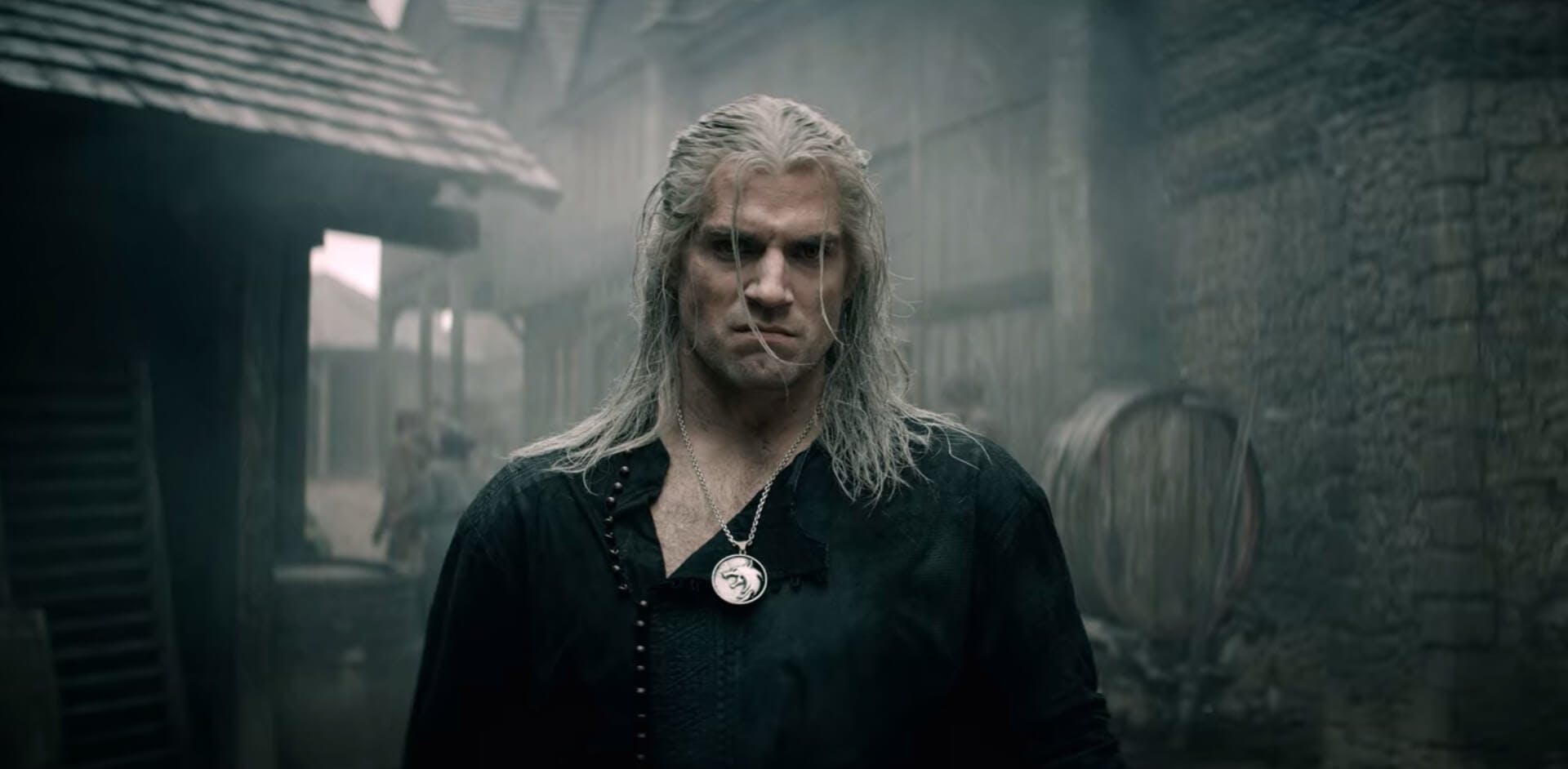
Son of sorceress Visenna and warrior Korin, Geralt of Rivia spent most of his childhood in the Witcher keep Kaer Morhen. He excelled at his training and easily bested his trials, even surviving additional mutations. The only of his fellows to survive these extra mutations, Geralt emerged with even greater capabilities and snow-white hair.
Surprisingly, Geralt is not actually from the city of Rivia. When veteran Witcher Vesemir encouraged Geralt and his fellow trainees to adopt relatable surnames, Geralt’s first choice was denied. He instead settled for “of Rivia,” a name that quickly stuck. To gain the trust of his potential employers, Geralt even adopted a Rivian accent. Now that’s commitment.
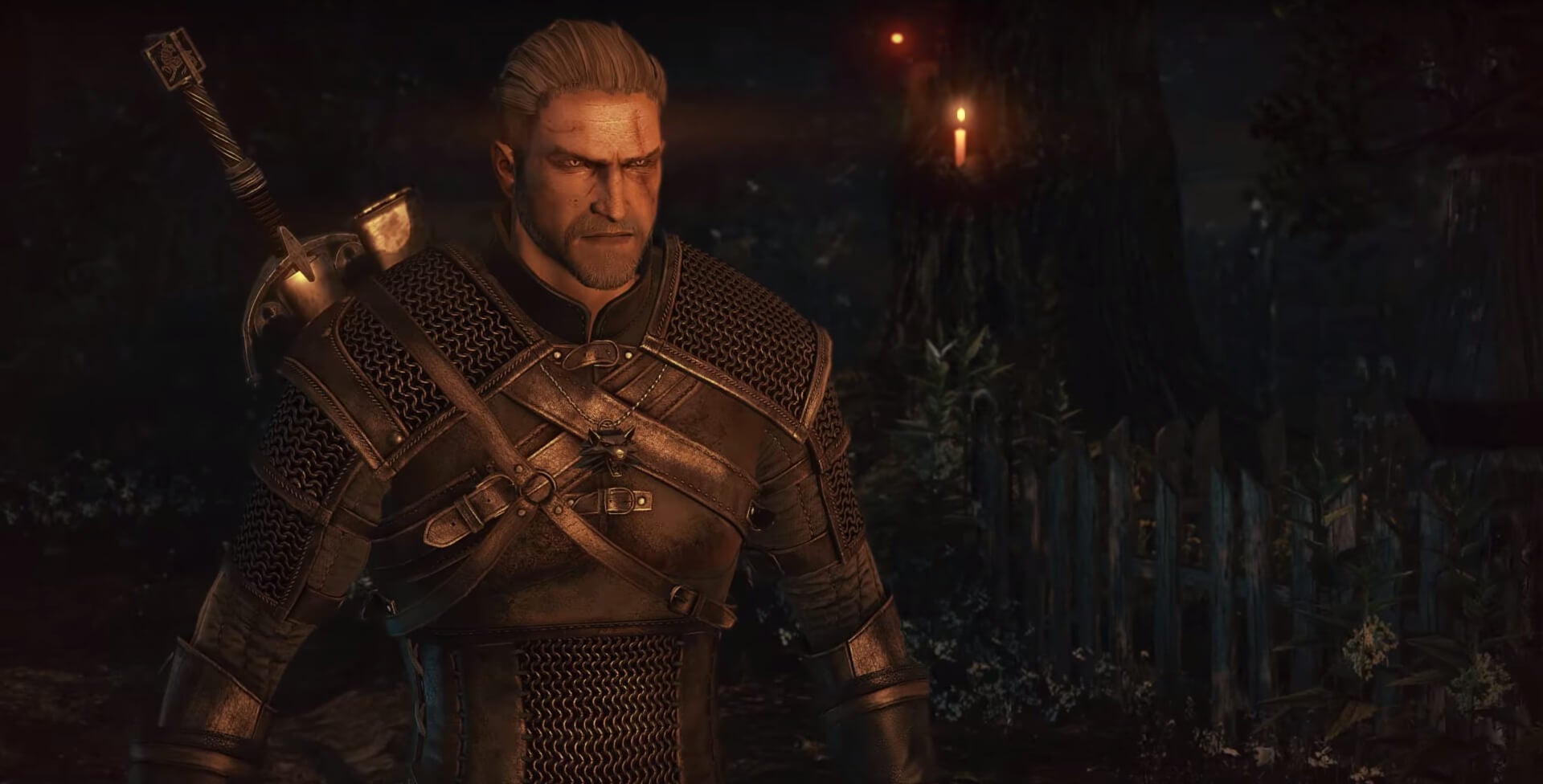
Who created Geralt of Rivia and The Witcher series?
Polish author Andrzej Sapkowski released the first entry in The Witcher saga in 1993. Over two decades, Sapkowski released eight books chronicling the adventures of Geralt and Cirilla, his child of destiny. The series became a cult classic in Poland and reached varying levels of popularity in several other countries.
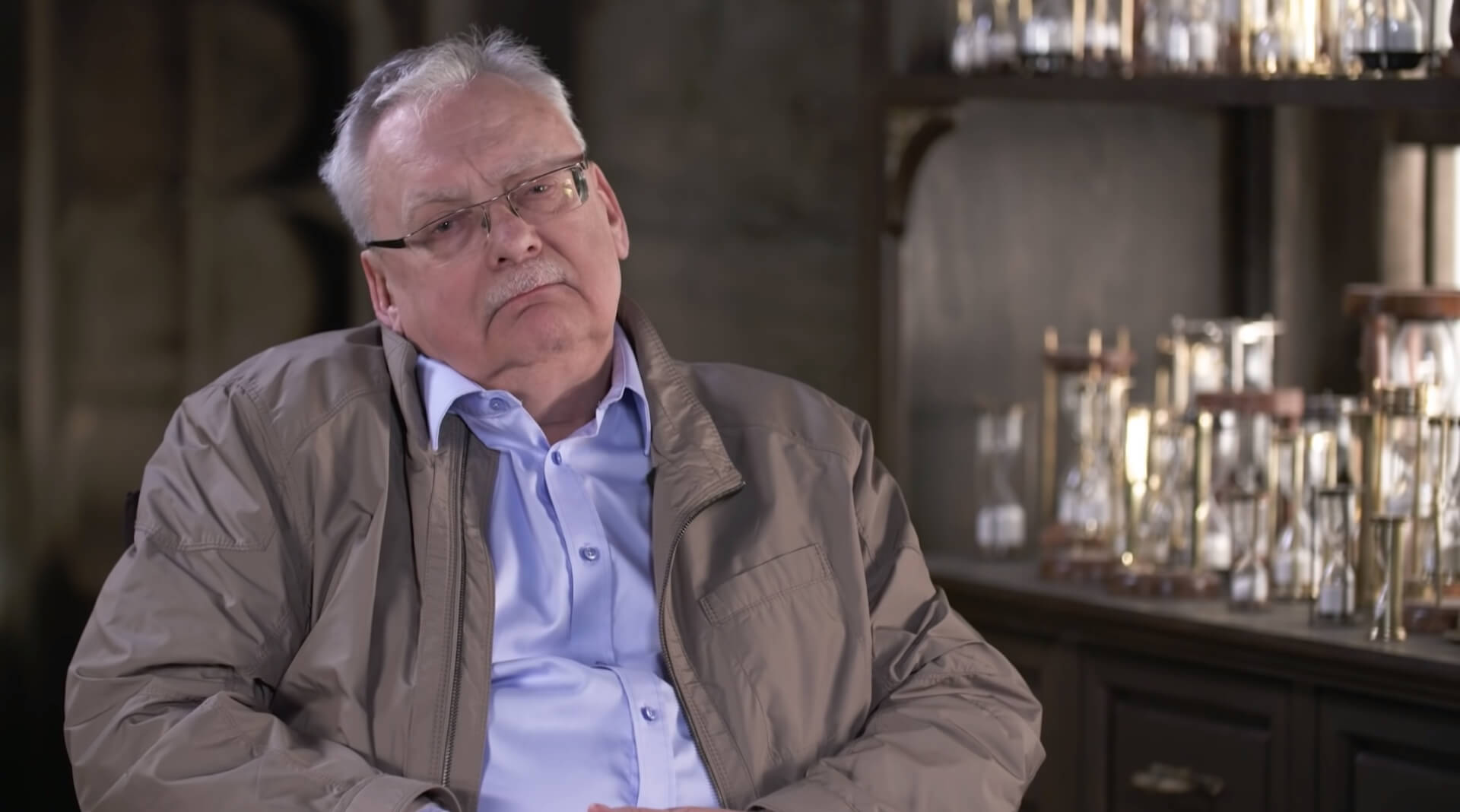
After CD Projekt Red, the developer that made The Witcher video games, purchased the series’ rights, Sapkowski’s reach expanded even further. The massively popular video games brought new renown to his name and became far more popular than anticipated. The Witcher 3: Wild Hunt, released in 2015, is still considered one of the greatest games of all time.
When Sapkowski first sold the rights, he assumed the games wouldn’t do well and agreed to a lump sum. After the games reached worldwide popularity, however, he attempted to renegotiate the terms. Thankfully, CD Projekt Red adhered. In December 2019 they reached a settlement, which will maintain their working relationship for any future Witcher installments.
What is a Witcher?
Witchers are, in the most basic terms, extremely OP monster hunters.
To become a Witcher, participants undergo grueling trials. They are brutally conditioned mentally and physically to prepare for the Trial of the Grasses. This trial, which completes the transformation into a Witcher, subjects each participant to a harrowing alchemical process. Participants consume mutagenic compounds, which—if the participants survive—grant a number of physical enhancements. Only 3 in 10 participants survive the Trial of the Grasses, while the others die in agony.
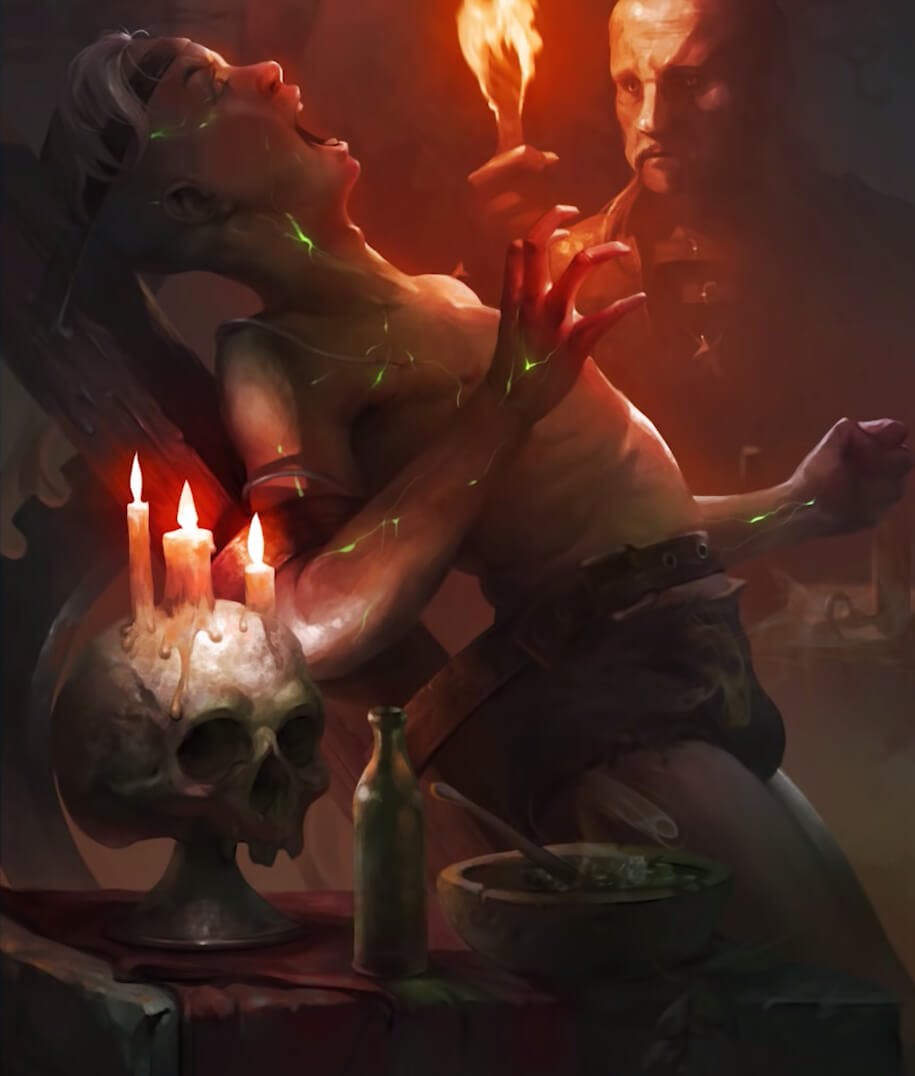
Once they complete their trials, Witchers set out into the world to fight monsters for coin. The question of morality woven into The Witcher‘s every moment is based on this human-vs.-monster relationship. Witchers, whom many consider to be a blurred line between human and monster themselves, are a window into this complex relationship. Geralt often takes a job to defeat a terrorizing nonhuman only to discover that the people paying his bills are the true monsters.
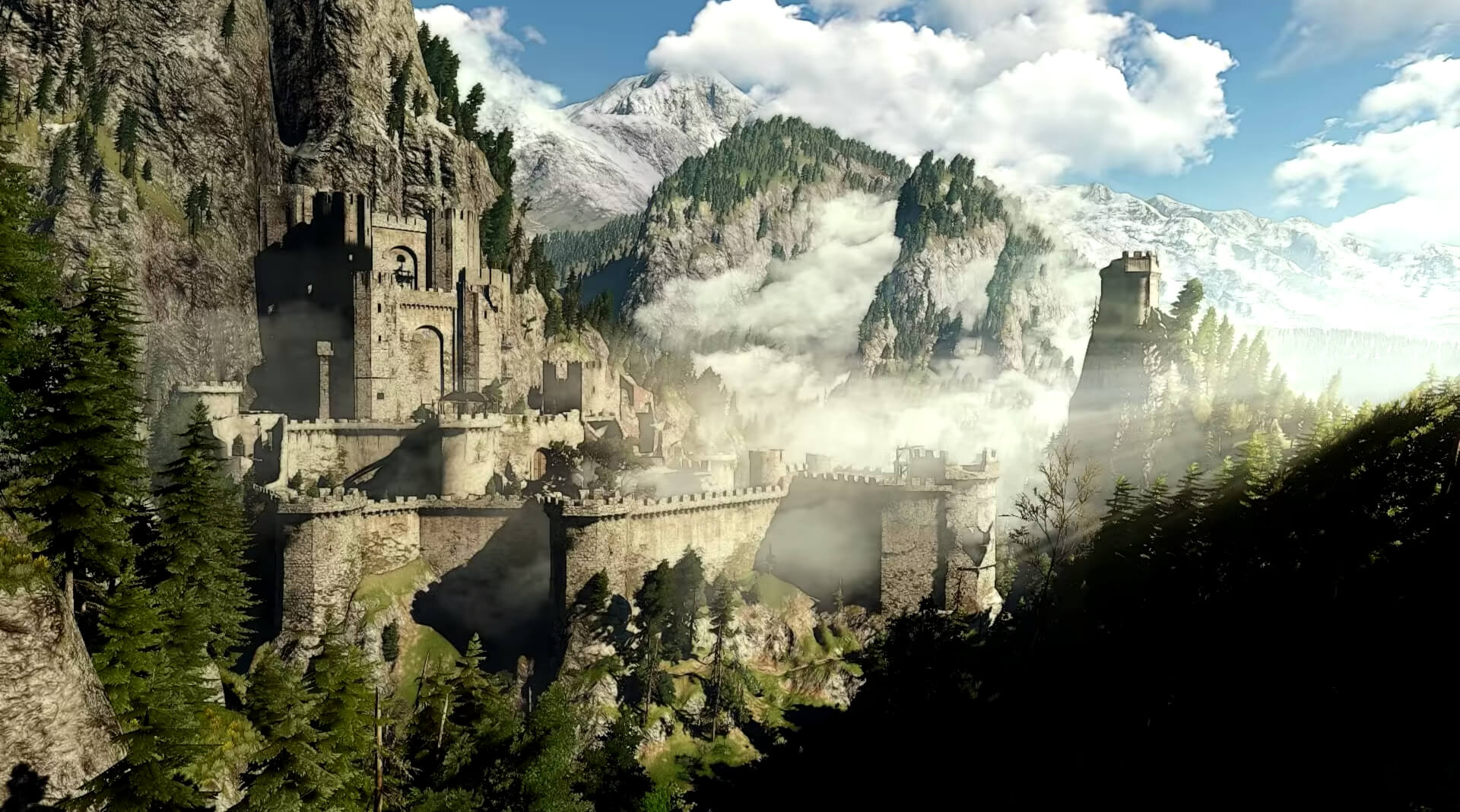
Some Witchers travel to, and winter at, a partially destroyed keep called Kaer Morhen. Witchers of the School of the Wolf trained and mutated in this keep before fanatics razed it. Now, it is merely a resting place for weary Witchers and the occasional Sorceress. Travelers can only reach the keep by taking the Witchers Trail, which is nearly impossible to find.
Power portfolio
All Witchers share certain traits, which mark them as among the world’s most effective monster hunters.
Witchers are all sterile, trading any future offspring for enhanced speed, dexterity, and strength. Witchers’ cat-like eyes allow them to see almost perfectly in utter darkness or blinding light. They also boast a far superior sense of smell.
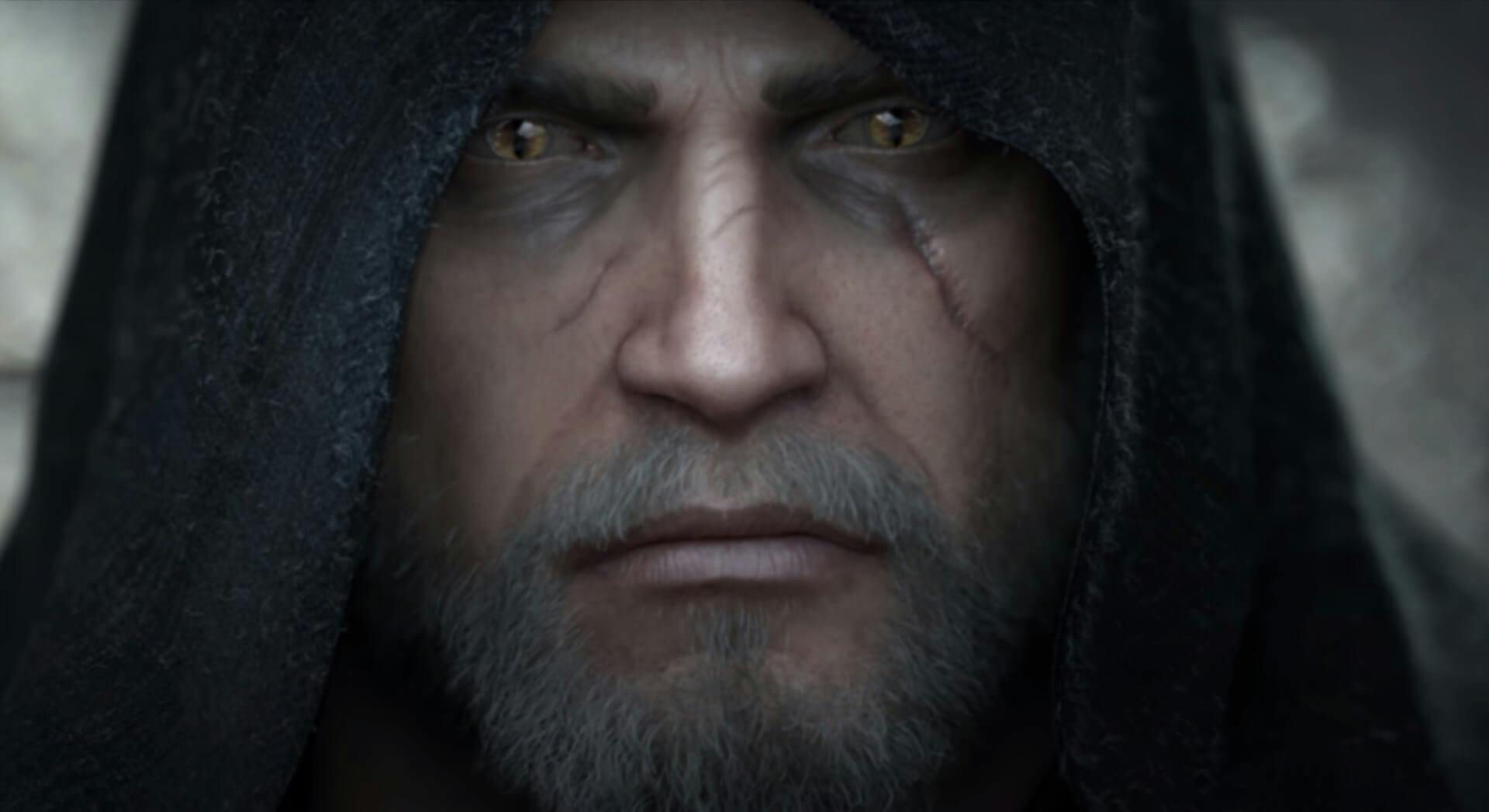
Witchers are also intensely resistant to disease and have hardy constitutions that allow them to consume dangerous potions. These potions—which, if you’re wondering, cause those creepy, black-eyed scenes—enhance a Witcher’s already-superior abilities. They can perform a wide range of combat magic and bounce back from almost any injury. Surviving their trials grants Witchers immensely prolonged lifespans and the appearance of continued youth.
While many assume Witchers to be without emotion, they are, in fact, capable of feeling a wide range. The trials they undergo mute all their emotions and make them far more capable of controlling themselves. Most Witchers run with this false assumption, as it aids them in negotiations.
Additionally, a Witcher’s medallion serves a purpose beyond revealing which Witcher school they belong to. The jewelry alerts its wearer when magic is in use and can detect nearby monsters.
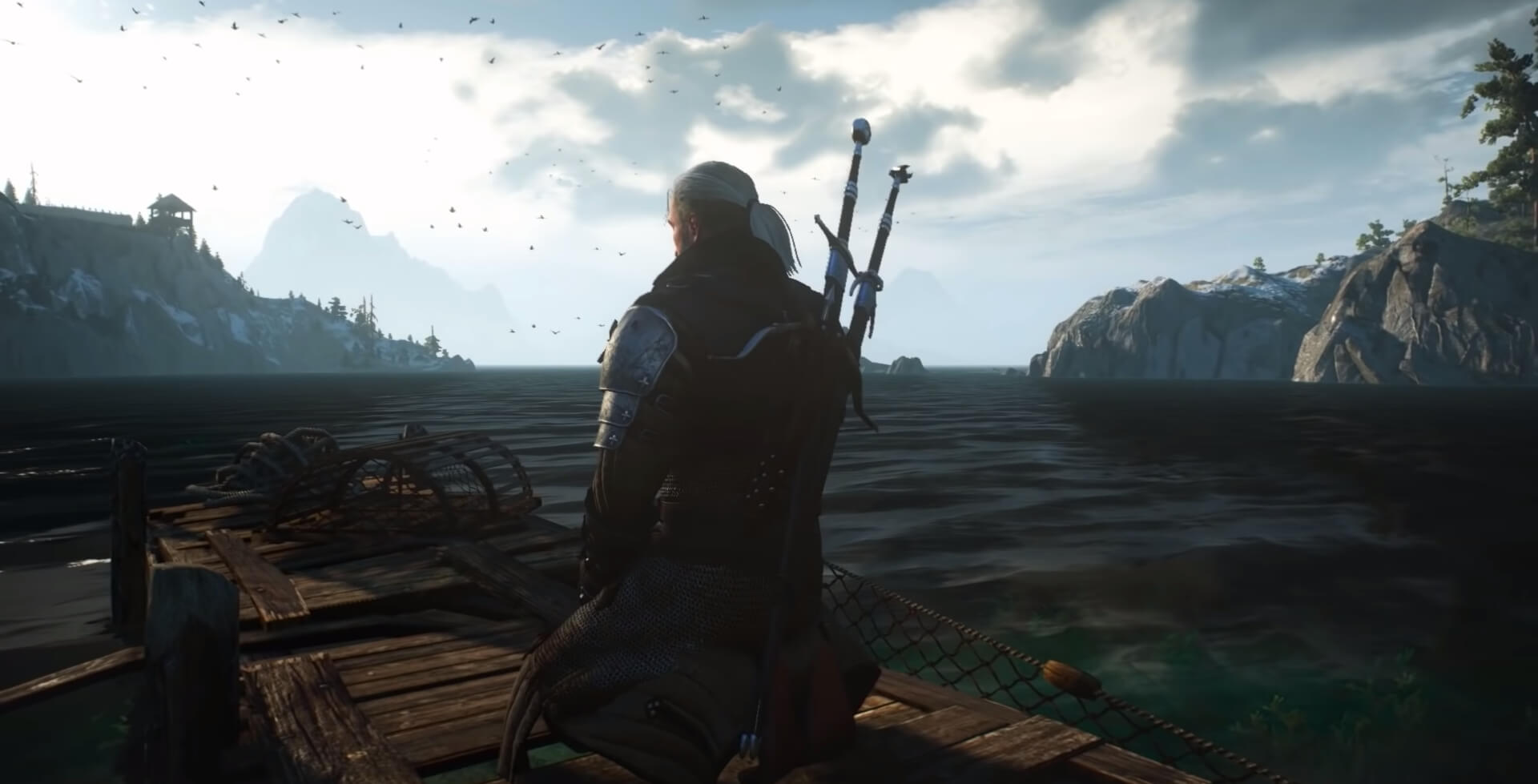
While all Witchers train to use pretty much any weapon, their weapon of choice boils down to two swords: one iron, the other silver. Simply put, the iron is for killing humans and low-level creatures, and the silver is for powerful monsters. As Geralt put it in one of the Witcher novels, “Two swords, one of silver, one of iron, one for monsters and one for men. They’re both for monsters.”
Who are the other Witchers?
Unfortunately, there aren’t many Witchers left in Sapkowski’s magical world. In fact, the Netflix series discusses so few that many viewers have been referring to Geralt as merely “the Witcher.”
There are, in fact, several more Witchers wandering the world. We just haven’t met them all.
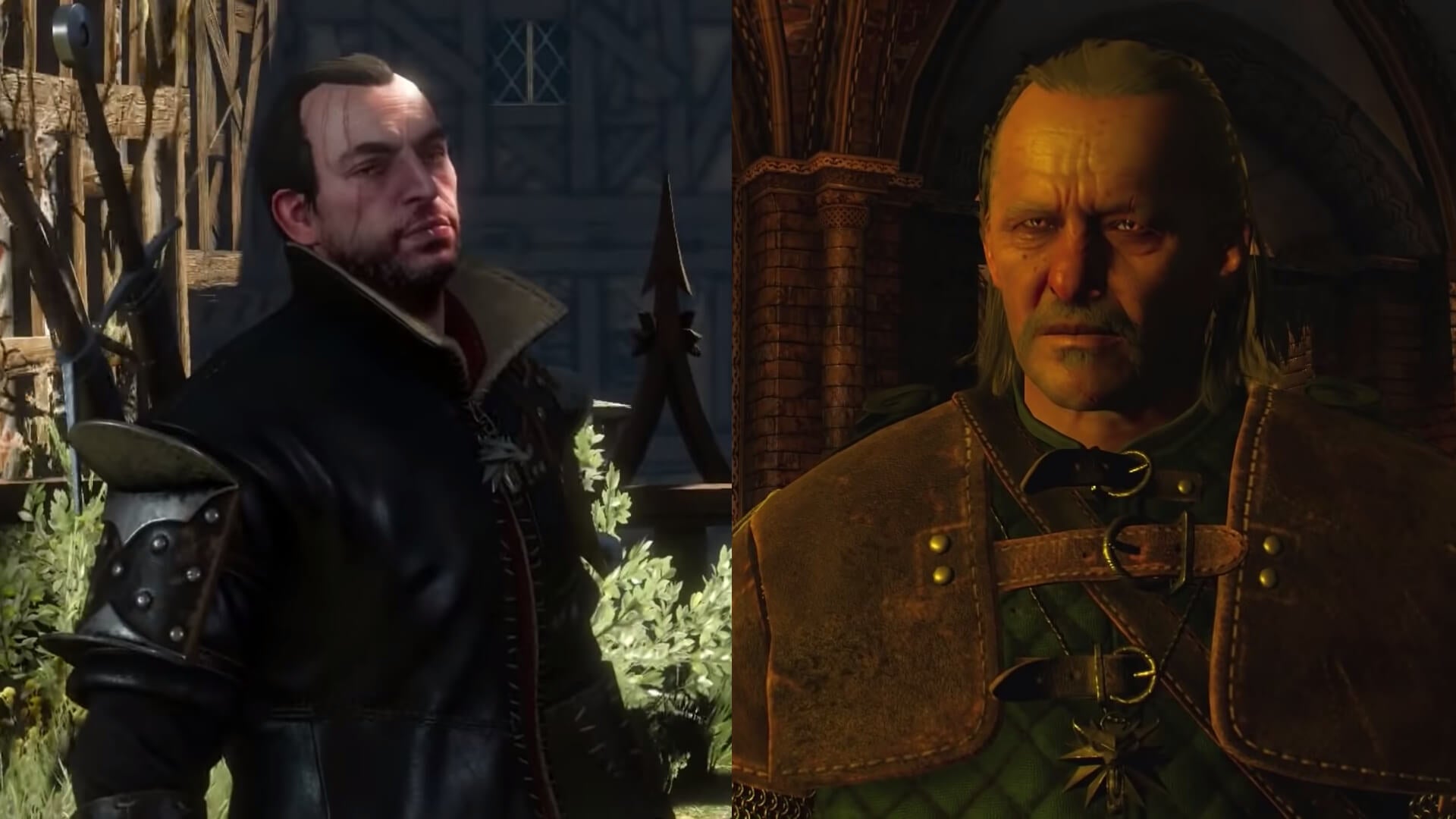
Geralt comes from the School of the Wolf. More than 25 other Witchers come from the same school, though not all are still alive. Fan favorites such as Vesemir, Eskel, and Lambert are all fellow School of the Wolf members. Geralt’s is far from the only Witcher school, however. Six others—including the School of the Cat, School of the Viper, and School of the Griffin—house at least a few remaining Witchers.
While many assume Geralt is the strongest of his ilk, that isn’t necessarily true. Geralt is, most certainly, one of the strongest Witchers, but one can argue that several others surpass him in specific areas. Vesemir, for one, was far older and more experienced than Geralt and earned the cranky protagonist’s respect and admiration over the years.
Geralt of Rivia’s many nicknames
Particularly for fans meeting Geralt through the Netflix series, which throws them into the middle of Geralt’s story, some of Geralt’s backstory is a bit fuzzy. His several nicknames threw some off as they gradually learned exactly how many alternate identities Geralt has. From the White Wolf to Gwynbleidd to the Butcher of Blaviken, it can be hard to keep track.
Why is Geralt called the “White Wolf”?
Geralt’s most-oft used nickname, the White Wolf, has a pretty easy explanation.
Based entirely on physical appearance and the medallion around his neck, the name makes sense. Geralt’s white hair and wolf medallion are, in part, an explanation, but it goes a bit deeper.
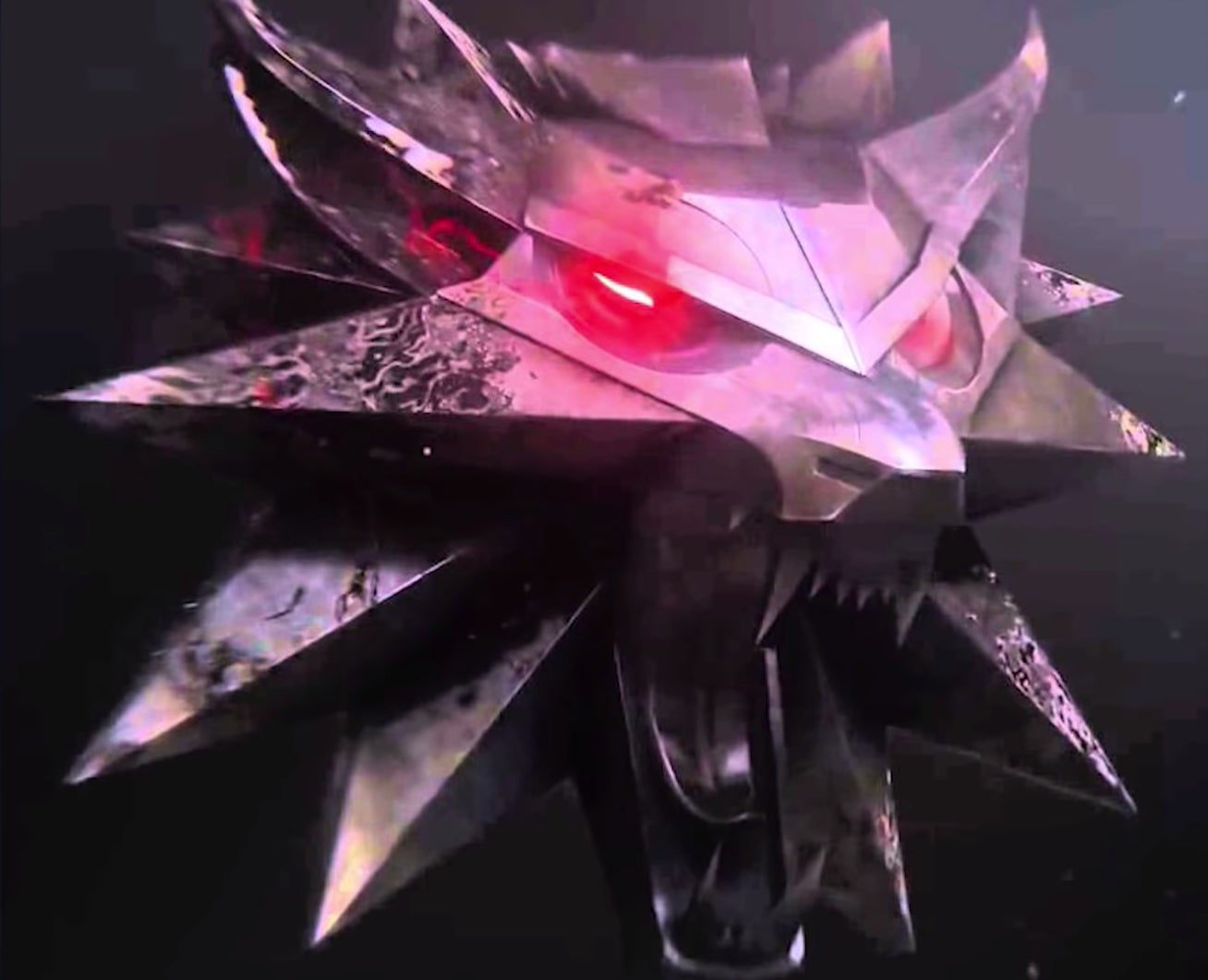
Many of the nonhumans Geralt comes across refer to him as either White Wolf or Gwynbleidd. The word comes from Hen Llinge, the fictional language spoken by the Aen Seidhe elves, but it has roots in real linguistics. The Welsh phrase for White Wolf, according to Geek.com, is “Blaidd Gwyn.”
Why is Geralt called the “Butcher of Blaviken”?
The tale of how Geralt became the Butcher of Blaviken—one of his more gristly nicknames—is also a very telling moment in his history.
Viewers of the Netflix series will recall a character named Renfri. The young princess had a score to settle with local wizard Stregobor and sought revenge for his role in her being cast out from her kingdom. Stregobor, on the other hand, had been in hiding for years thanks to Renfri’s thirst for vengeance and implored Geralt to assist him in ending her life.
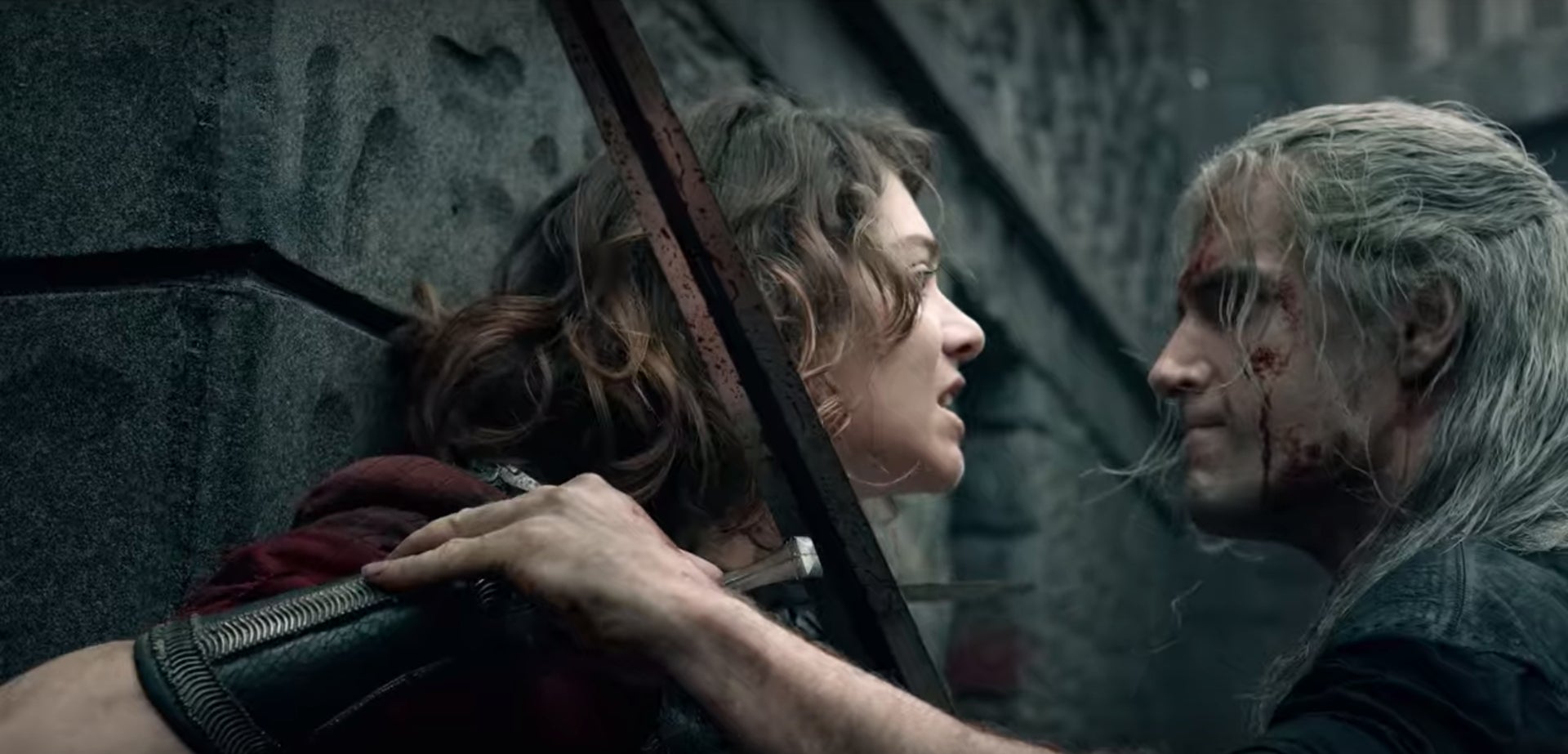
Despite Geralt’s initial refusal to take a side, things escalated. He realized, almost too late, that Renfri planned to use the lives of the market-goers as leverage in her dispute with Stregobor. She intended to use her men to pick off the villagers one by one until Stregobor finally submitted to her.
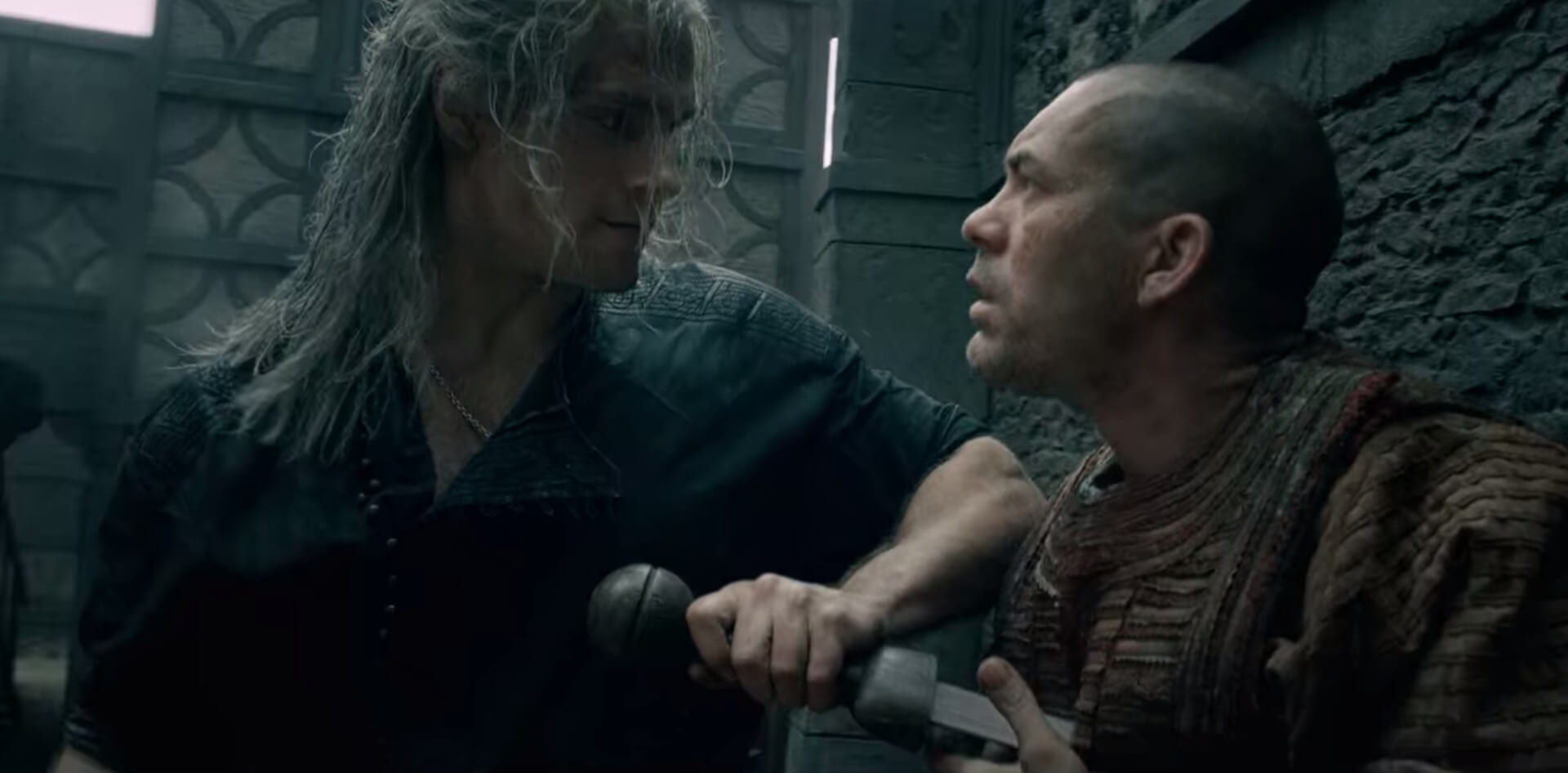
Geralt made it to the market before the slaughter began and stopped the gang they killed any innocent people. Unfortunately, in an effort to prevent the plan from unfolding, Geralt chose to decimate Renfri’s men and—when she arrived at the end of the fight—Renfri herself.
A Witcher of Geralt’s skill unleashing his full murderous talent on a band of mere humans was a harrowing spectacle that nearly everyone in town witnessed. The townspeople, unaware that Geralt’s actions had saved their lives, immediately turned on the mutated man. They drove him from the town with harsh words and thrown stones and dubbed him the Butcher of Blaviken.
READ MORE:
- The best Netflix original series of 2019
- Ranking the best Netflix original movies
- The best Netflix comedy specials of 2019

